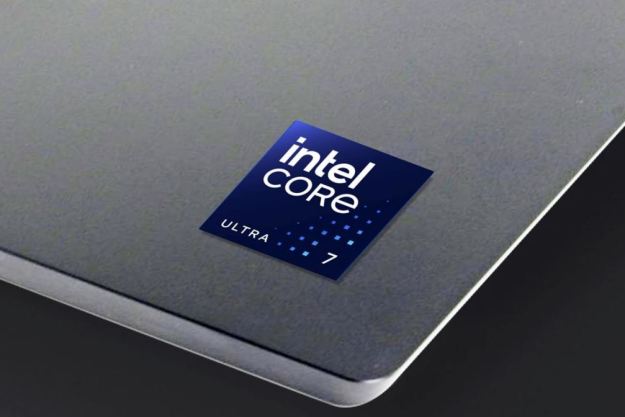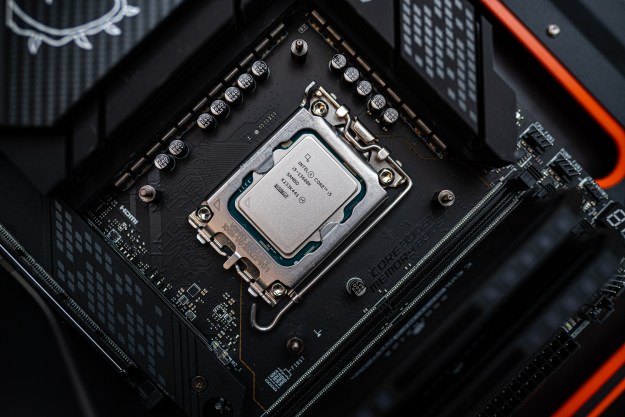Intel Corporation has decided to use this year’s CES as a way to put pressure on rival chipmaker AMD by introducing three new quad-core processors, the Core 2 Quad and two entries in the Xeon 3200 series. Although quad-core offerings from Intel aren’t new, the company is now taking the technology out of servers, research labs, and high-end computing tasks and towards the general consumer market—and Intel has sworn up and down it’s working hard with software vendors to create the types of multi-threaded applications which can take full advantage of the multiple processor cores.
The new Core 2 Quad is aimed to bring oomph to Viiv-enabled home PCs, and Intel is playing up the chip’s added performance as a way to enhance media management, home entertainment, and digital home functions. Intel plans to introduce the 2.4 GHz Q6600 Core 2 Quad for $851, in lots of 1,000: expect to see them turning up in high-end PCs aimed at digital media professionals and gamers before working their way down to mainstream PCs.
Meanwhile, Intel is pricing Xeon 3200s at $690 and $851 for 2.13 GHz X3210 and 2.4 GHz X3220, respectively: the new Xeons are intended for single-socket servers designed to handle everyday Web, email, and file sharing tasks. The new processors sport a 1066 MHz front-side bus and 8 MB of L2 cache—and, unlike consumer applications, multithreaded server software is already widely available to tap into the 3200’s four cores. The Xeons are available today; expect Core 2 Quad to find their way into systems in early 2007.
Editors' Recommendations
- Gamers are reportedly returning Intel Core i9 CPUs in droves
- Nice try, Intel, but AMD 3D V-Cache chips still win
- The best processors in 2024: AMD and Intel CPUs duke it out
- Intel’s CPUs just got way more confusing
- Intel’s new Core Ultra chips needed to be more than this


